The Mold Busters Blog
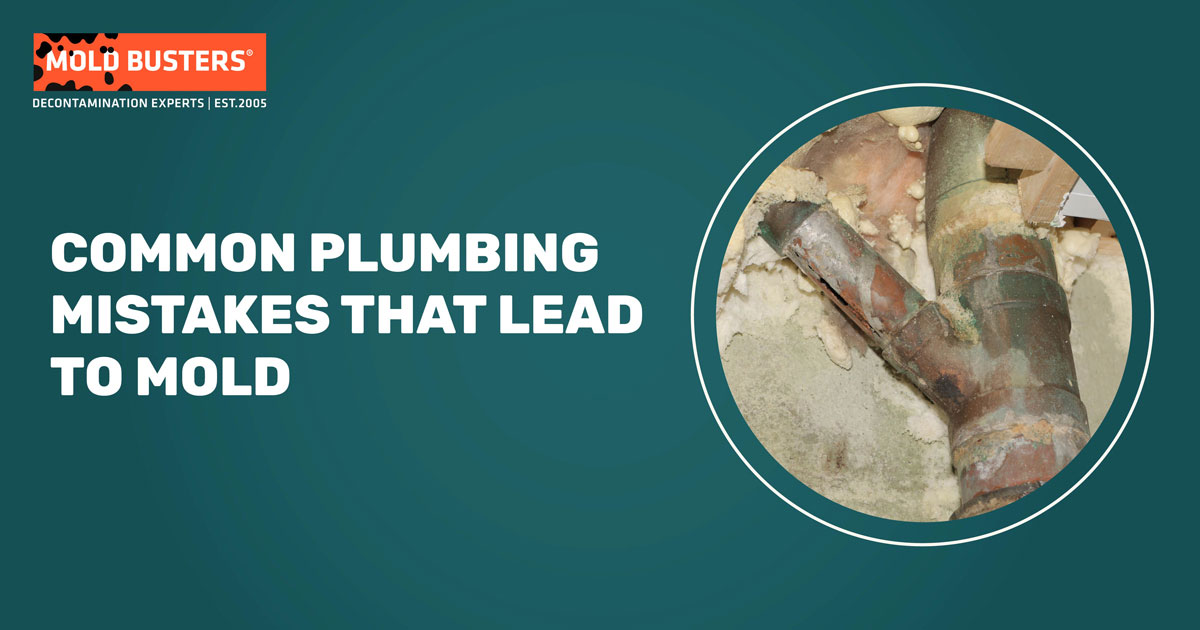
Common Plumbing Mistakes That Lead To Mold
Plumbing mistakes happen. Whether you’re a DIY weekend warrior or you hired a licensed plumber, there’s always a possibility something […]
Posted on 27 Aug'20 by John Ward

Mold Busters Voted #1 Mold Remediation Company in Ottawa
Today we’re delighted to announce that we’ve received the Consumer Choice Award for Ottawa’s top mold remediation company. We’re beyond […]
Posted on 13 Feb'20 by John Ward
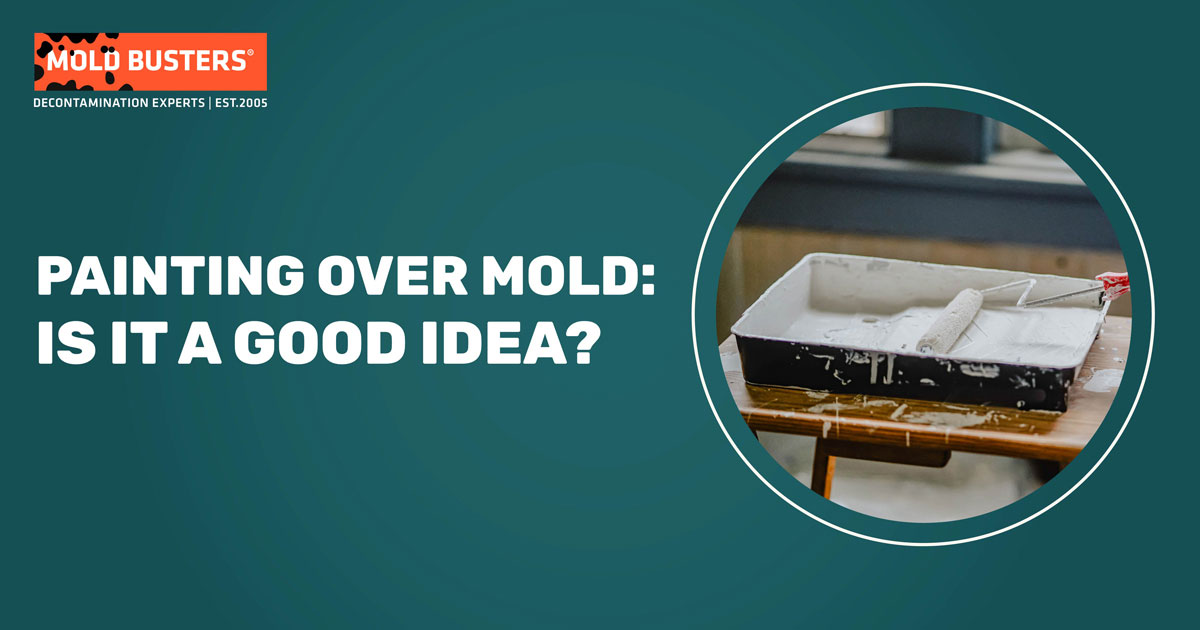
Painting Over Mold: Is It a Good Idea?
Have you noticed unsightly, dangerous mold growing in your home? If so, it’s human nature to want to cover it […]
Posted on 07 Jan'20 by John Ward

The Risks of Marijuana Grow Houses
Now that cannabis is legal in Canada, it is possible to grow marijuana in your own home in most provinces […]
Posted on 16 Aug'19 by John Ward

How a Mold Buster Dealt with his Landlord
The end of March seemed like a perfect time to get away from Ottawa—even for just a few days. The […]
Posted on 23 Aug'18 by John Ward
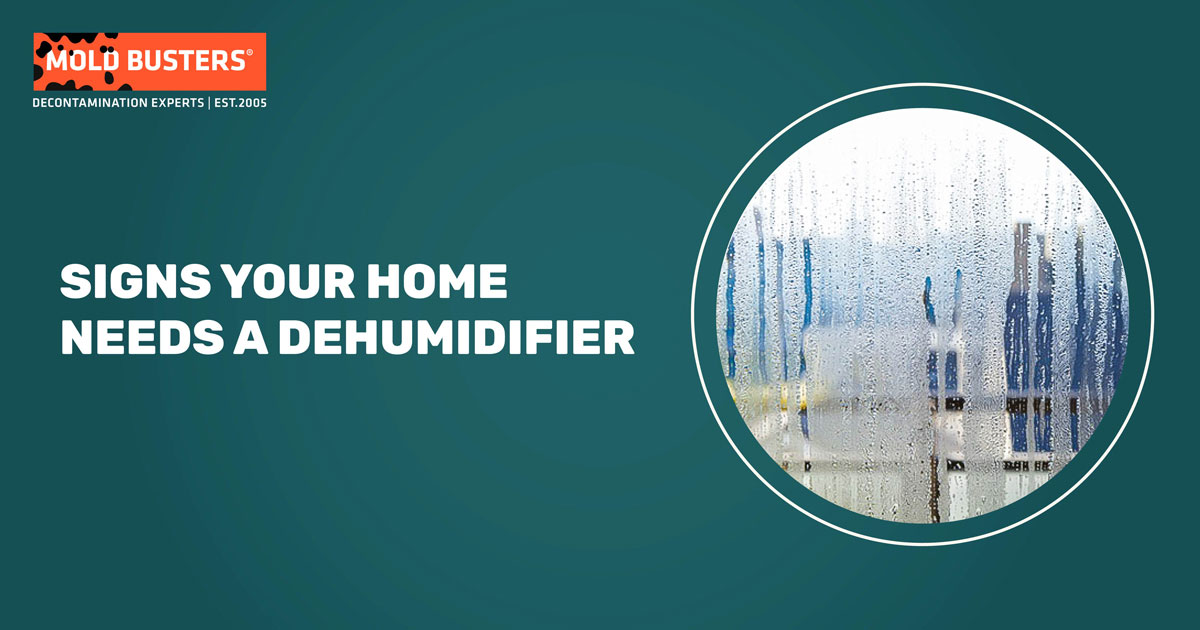
Signs Your Home Needs a Dehumidifier
Due to health reasons, proper humidity levels must be maintained in your home to prevent mold growth. Too much moisture […]
Posted on 08 Apr'16 by John Ward
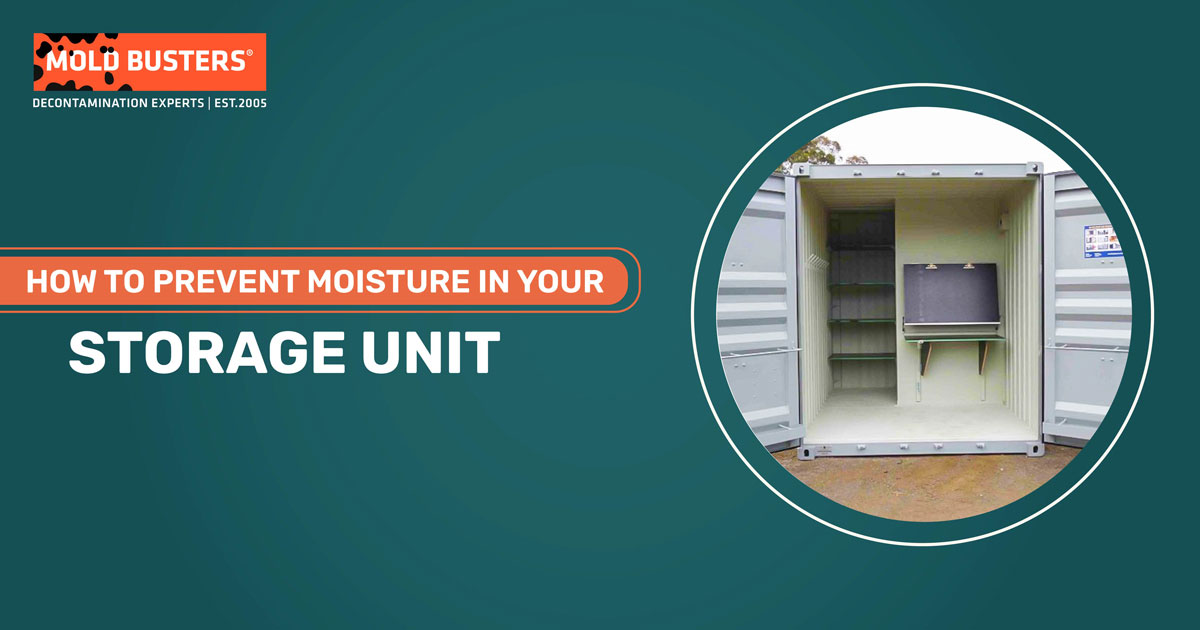
How to Prevent Moisture in Your Storage Unit
Did you know that indoor humidity, or relative humidity (RH), in your home should be between 30% and 50%? Not […]
Posted on 05 Nov'15 by John Ward
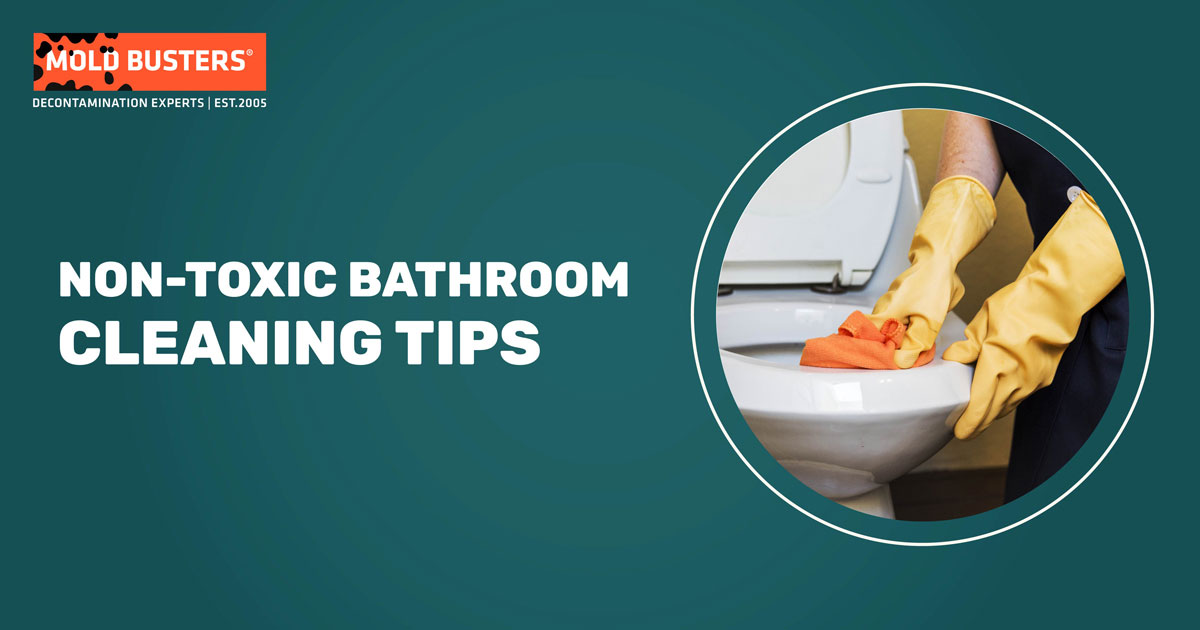
Non-Toxic Bathroom Cleaning Tips
Your bathroom should be a sanctuary, not a haven for bacteria, viruses and fungi. Despite this, terrifying microorganisms like black […]
Posted on 31 Jul'15 by John Ward

What to Look for in a Landlord
So often we hear how landlords should carefully screen and select their tenants, but we hear little about the need […]
Posted on 11 Feb'15 by John Ward

Ozone Generators: Yet Another Revolutionary Invention by Nikola Tesla
Here, at Mold Busters, we’re huge fans of world-renowned Serbian inventor, electrical and mechanical engineer, physicist and futurist, Nikola Tesla. […]
Posted on 07 Apr'14 by John Ward